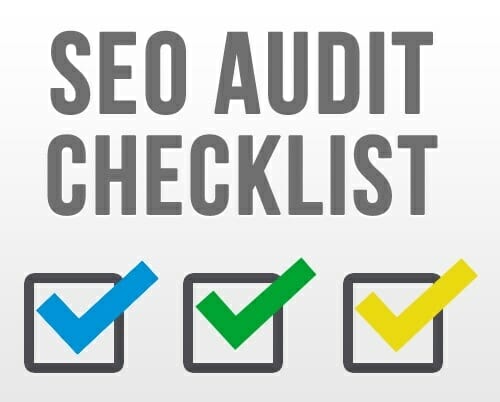Conducting a basic SEO audit for small businesses helps to figure out the current search engine optimization state of particular websites and inform the next course of informed action.

Like a financial audit, a search engine optimization (SEO) audit is meant to pinpoint the exact, current situation as far as a website’s SEO friendliness goes. You can conduct one to determine if you have implemented basic search optimization techniques so you know what needs to come in and what needs editing out.
A simple SEO audit for your small business can help reveal strengths, weaknesses, opportunities, and threats to your SEO strategy.
If you are wondering how to get one done yourself, here’s a quick primer to get you SEO auditing like a pro before contacting a Ventura CA SEO company.
1. Site Speed
The ideal site loading time is just under 3 seconds. But many sites average a loading speed of 8 seconds. For free tools, you can use:
- Google Mobile Speed Test
- Google Pagespeed Insights
- Pingdom
- Screaming Frog
2. SEO Tools You Can Use
You can also use several free but insightful tools to gain intel on traffic, keywords and more from:
- Google Analytics
- Google Search Console
- Bing Webmaster Tools
3. On-Page SEO
Check that the URLs are in lower case, link from the homepage, and accurately describes the content on the page it’s meant for. Audit page titles to ensure they are between 35 to 65 characters, include primary keywords, and are aptly named; for example, ‘Service’ for the services page.
Check content headers to see if H1, H2, and H3 headers are accurately arranged with a mix of primary and secondary keywords. Be sure to check your internal linking per page to ensure they lead where you intended and anchor text relevance.
4. Off-Page SEO Audit
The major auditing factor you want to nail here is to determine what sites the inbound links on your site are coming from.
You can do these with a several free or paid tools or hire an SEO company Ventura CA service to work out the valuable ones from spammy links that can lower your online reputation and cause a Google Penalty—which would be a nightmare for SEO.
5. Cross-check Your Meta Descriptions
You want to check that your meta descriptions are not keyword stuffed—if you have a meta description per content page in the first place. See if they strike the 140 to 160 characters threshold, too. Also, see if they have the primary keyword towards the start of the description.
These are just starters to get you started in earnest.